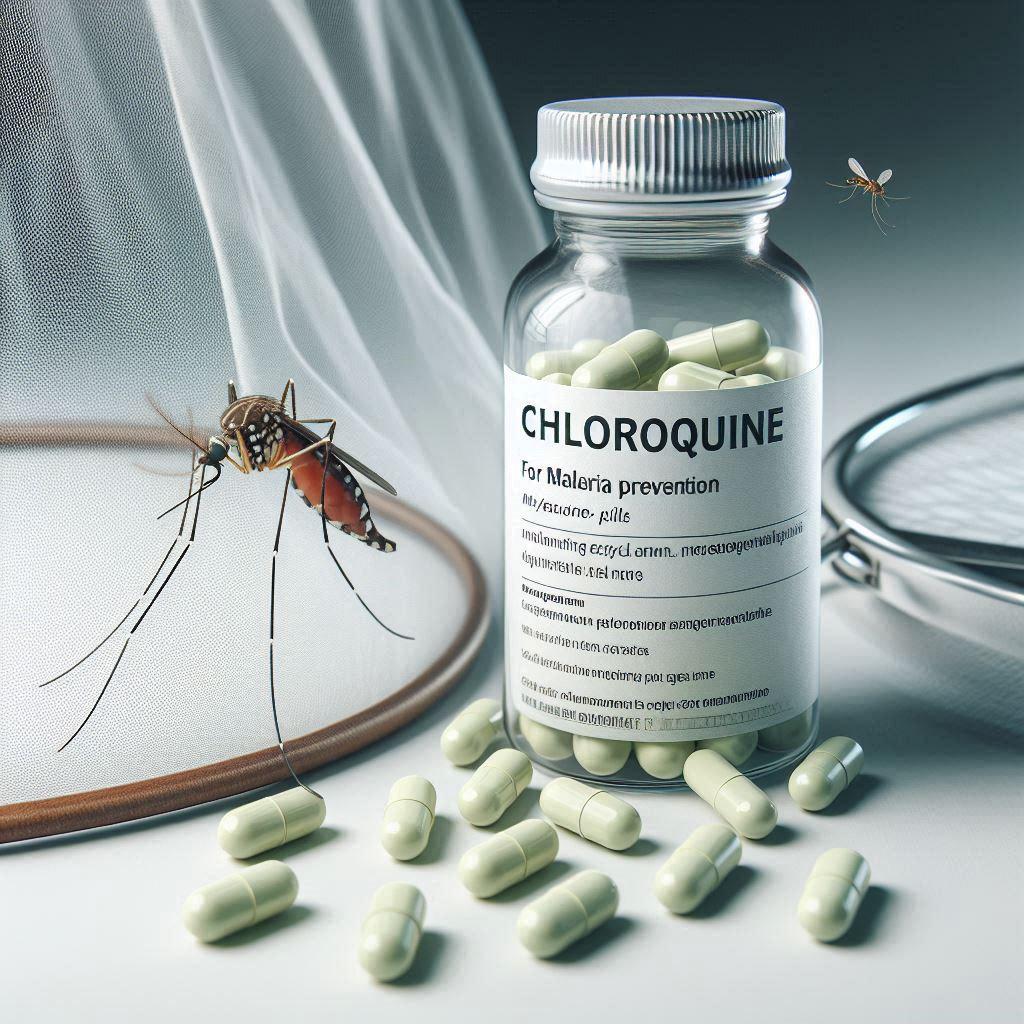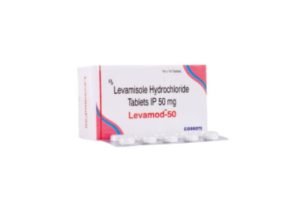
Explore Chloroquine, its uses, mechanisms, and impact on health. Discover the latest insights and research on this important medication.”
Medicine Name
Chloroquine

Description
Chloroquine is an antimalarial medication that belongs to the class of 4-aminoquinolines. It is primarily used for the prevention and treatment of malaria and has also been used for certain autoimmune diseases like rheumatoid arthritis and lupus erythematosus. It works by interfering with the growth of parasites in the red blood cells.
Here are eight brands of Chloroquine, including their manufacturers and estimated prices in both India and the United States:
| Brand Name | Manufacturer | Price in India (INR) | Price in the US (USD) |
|---|---|---|---|
| Aralen | Sanofi | ₹400 – ₹800 for 30 tablets (250 mg) | ~$30 for 30 tablets (250 mg) |
| Qualaquin | Epix Pharmaceuticals | N/A | ~$80 for 30 capsules (324 mg) |
| Chloroquine Phosphate | Mylan | ₹100 – ₹200 for 30 tablets (250 mg) | ~$5 – $15 for 30 tablets (250 mg) |
| Resochin | Aventis | ₹200 – ₹300 for 20 tablets (250 mg) | ~$20 for 20 tablets (250 mg) |
| Chloroquine Sulfate | American Pharmaceutical Partners | N/A | ~$10 – $30 for 30 tablets (250 mg) |
| Chloroquine 250 mg | Ethex Corporation | ₹150 – ₹300 for 30 tablets | ~$15 for 30 tablets (250 mg) |
| Chloroquine Phosphate 250 mg | Teva Pharmaceuticals | ₹200 – ₹400 for 30 tablets | ~$10 for 30 tablets |
| Ciquatre | J.P. Pharma | ₹300 – ₹600 for 30 tablets (250 mg) | ~$30 for 30 tablets (250 mg) |
Notes:
- Prices can vary widely depending on the pharmacy and region.
- Prices in India are approximate and can change based on availability and pharmacy discounts.
- US prices are based on estimates and may not reflect all pharmacies. Always check with local pharmacies for the most accurate pricing.
Indications & Use
- Malaria: Treatment and prophylaxis against malaria caused by Plasmodium species, including P. vivax, P. ovale, P. malariae, and P. falciparum.
- Amebiasis: Treatment of intestinal and extraintestinal amebiasis.
- Autoimmune Diseases: Used in some cases to manage rheumatoid arthritis and systemic lupus erythematosus.
Dosage
- Malaria Treatment:
- Adults: 600 mg base as a single dose, followed by 300 mg at 6, 24, and 48 hours.
- Children: 10 mg/kg base as a single dose, then 5 mg/kg at 6, 24, and 48 hours.
- Prophylaxis Against Malaria:
- Adults: 500 mg base once weekly, starting 1-2 weeks before travel and continuing for 4 weeks after leaving the endemic area.
- Rheumatoid Arthritis/Lupus:
- Adults: 250 mg base once or twice daily.
Mechanism of Action
Chloroquine is thought to exert its antimalarial effects by accumulating in the parasite’s acidic food vacuole, where it inhibits the heme polymerase enzyme. This inhibition prevents the conversion of toxic heme into non-toxic hemozoin, resulting in toxic heme accumulation that is lethal to the Plasmodium species.
Side Effects
- Common: Nausea, vomiting, diarrhea, abdominal pain, headache, dizziness, and pruritus (itching).
- Serious: Retinopathy, cardiotoxicity (arrhythmias), hematological effects (anemia, leukopenia), hepatotoxicity, and skin reactions (rashes).
Contraindications
- Hypersensitivity to chloroquine or any of its components.
- History of retinal or visual field changes associated with chloroquine or other 4-aminoquinolines.
- Patients with porphyria or severe liver disease.
Drug Interactions
- Increased risk of cardiotoxicity with other QT-prolonging medications (e.g., certain antiarrhythmics and antidepressants).
- Antacids may reduce the absorption of chloroquine.
- May enhance the effects of anticoagulants, such as warfarin.
Precautions
- Use with caution in patients with a history of seizures, liver disease, or G6PD deficiency.
- Regular eye examinations are recommended for patients on long-term chloroquine therapy due to the risk of retinal damage.
- Monitor cardiac function in patients with existing heart conditions due to the potential for arrhythmias.
Patient Counseling Information
- Advise patients to take chloroquine with food to reduce gastrointestinal discomfort.
- Instruct patients to be aware of possible visual disturbances and to seek medical attention if they occur.
- Emphasize adherence to prophylactic dosing when traveling to areas where malaria is endemic.
- Inform patients about potential interactions with other medications, especially those that affect heart rhythm.
Conclusion
Chloroquine is a vital medication for the prevention and treatment of malaria and certain autoimmune disorders. Its use requires careful monitoring for side effects and interactions, along with thorough patient education to ensure safe and effective treatment.
References
- World Health Organization. (2021). “Guidelines for the treatment of malaria.”
- National Center for Biotechnology Information. (2023). “Chloroquine.” PubChem Compound Summary.
- Baird, J.K. (2009). “Chloroquine resistance in Plasmodium falciparum.” Malar J.
Example
A patient diagnosed with uncomplicated malaria may be prescribed an initial dose of chloroquine (600 mg) followed by subsequent doses at specified intervals to ensure complete clearance of the infection.
Disclaimer
This information is intended for educational purposes only and is not a substitute for professional medical advice. Always consult a healthcare provider for personalized medical guidance and treatment options.







